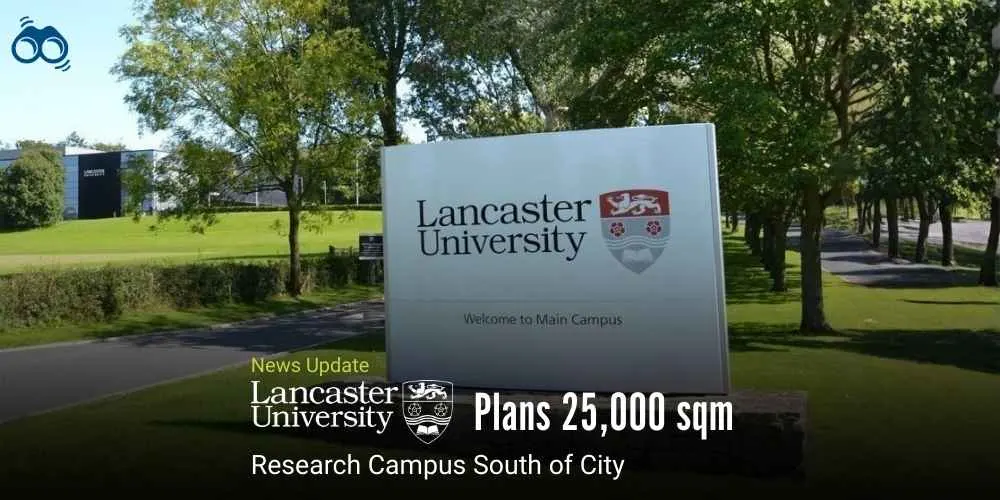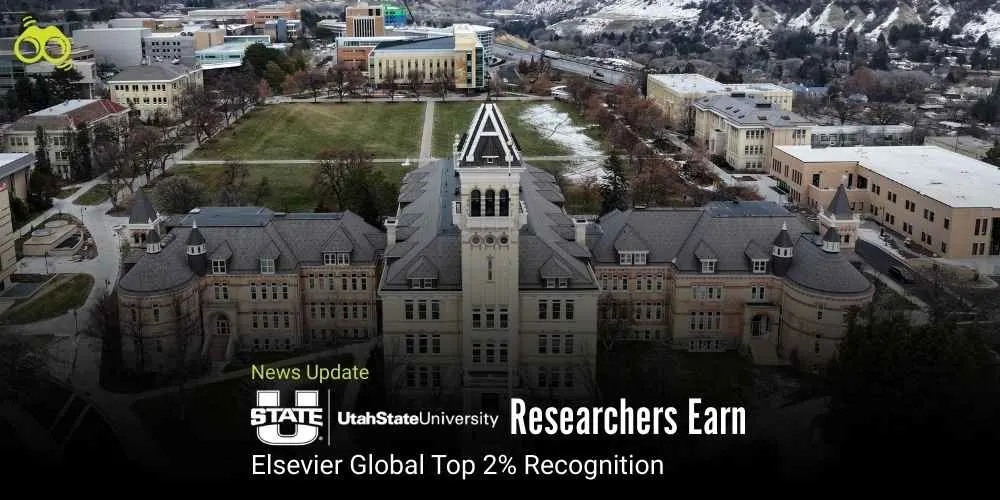Expanded Work Rights and Visa Reforms Set to Boost New Zealand’s Education Exports
Government Launches Bold Strategy to Attract Global Talent Through Education Reform
As of 2024, New Zealand hosts approximately 83,425 international students, reflecting a 21% year-on-year increase and a recovery to 72% of pre-pandemic enrolment levels. This growth underscores the country’s reputation for high-quality education, supportive immigration policies, and strategic initiatives such as the International Education Going for Growth plan, which seeks to double the sector’s value from $3.6 billion to $7.2 billion by 2034.
In parallel, evolving visa policies in traditional study destinations—including the United States, the United Kingdom, Canada, and Australia—have introduced significant challenges for international applicants. In the US, measures such as social media vetting, fixed-term visa durations, and SEVIS terminations have created uncertainty around student mobility and re-entry. Similarly, the UK has reduced post-study work visa durations and introduced salary thresholds for extensions, while Canada and Australia have imposed visa caps, increased financial requirements, and tightened work permit eligibility.
Against this backdrop, New Zealand has emerged as a compelling alternative, owing to its student-focused reforms, including expanded in-study work rights and streamlined qualification assessments. These developments are expected to strengthen the country’s appeal and support its ambition to become a leading global destination for international education. Under the Going for Growth plan, New Zealand aims to increase international student enrolments from 83,400 in 2024 to 105,000 by 2027 and 119,000 by 2034, reflecting its commitment to sustainable growth and global competitiveness. In support of this objective, the government intends to revise immigration policies to attract genuine students by offering quality education and extending in-study work rights to those enrolled in approved exchange and Study Abroad programmes.
From 3 November 2025, eligible tertiary and secondary school students will be permitted to work up to 25 hours per week during academic terms, an increase from the current 20-hour limit. This change will apply to all student visas granted from that date, regardless of the application submission date. Students holding existing visas with a 20-hour limit will need to apply for a variation of conditions or a new visa to benefit from the increased allowance, with standard immigration fees applicable. Authorities noted that many current visas already permit full-time work during summer and scheduled breaks, allowing students to defer the variation application until after the break, provided their visa remains valid.
Additionally, the Pathway Student Visa Pilot is under review, with potential plans to introduce multi-year visas for students enrolled in longer programmes. A new six-month work visa is also expected for sub-degree international graduates, serving as a transitional route to the Accredited Employer Work Visa. To facilitate qualification recognition, international students typically require an International Qualification Assessment (IQA). However, from 23 June 2025, Immigration New Zealand expanded its exemption list, now including countries such as India, France, Germany, Italy, Singapore, South Korea, Sri Lanka, Sweden, and Switzerland.
New Zealand continues to be a preferred destination for Indian students, with enrolments rising by 34% between January and August 2024, from 7,930 in 2023 to 10,640 in 2024. Sanjay Laul, Founder of MSM Group, commended New Zealand’s strategic approach to international education, particularly the decision to allow 25 hours of part-time work during academic terms. He described the move as progressive, offering a balanced integration of academic engagement and work experience, and positioning New Zealand as a student-first destination, especially as other countries tighten work rights. New Zealand’s proactive reforms and strategic vision are reshaping its international education landscape, reinforcing its status as a globally competitive and student-friendly destination.
Editor’s Note:
New Zealand is making strong and smart moves to become a top choice for international students. Through its International Education Going for Growth plan, the government aims to double the sector’s value, from $3.6 billion in 2024 to $7.2 billion by 2034, while increasing international student numbers from 83,400 to 119,000. This effort comes at a time when other popular study destinations like the US, UK, Canada, and Australia are making it harder for students by tightening visas, increasing financial requirements, and limiting work rights. In contrast, New Zealand is focusing on student-friendly policies that improve both learning and job opportunities. New Zealand is raising the student part-time work limit from 20 to 25 hours per week, effective November 3, 2025. Visa rules are also under review for longer student visas and a new six-month post-study work visa for sub-degree graduates. Additionally, from June 23, 2025, students from countries like India, Germany, France, South Korea, and Sri Lanka will benefit from faster visa processing due to IQA exemptions. These changes have already led to a 34% increase in Indian student numbers in early 2024, praised by experts for their student-first approach.
Skoobuzz highlights that New Zealand’s clear and welcoming reforms are helping it become a strong global leader in international education.














0 Comments (Please Login To Continue)